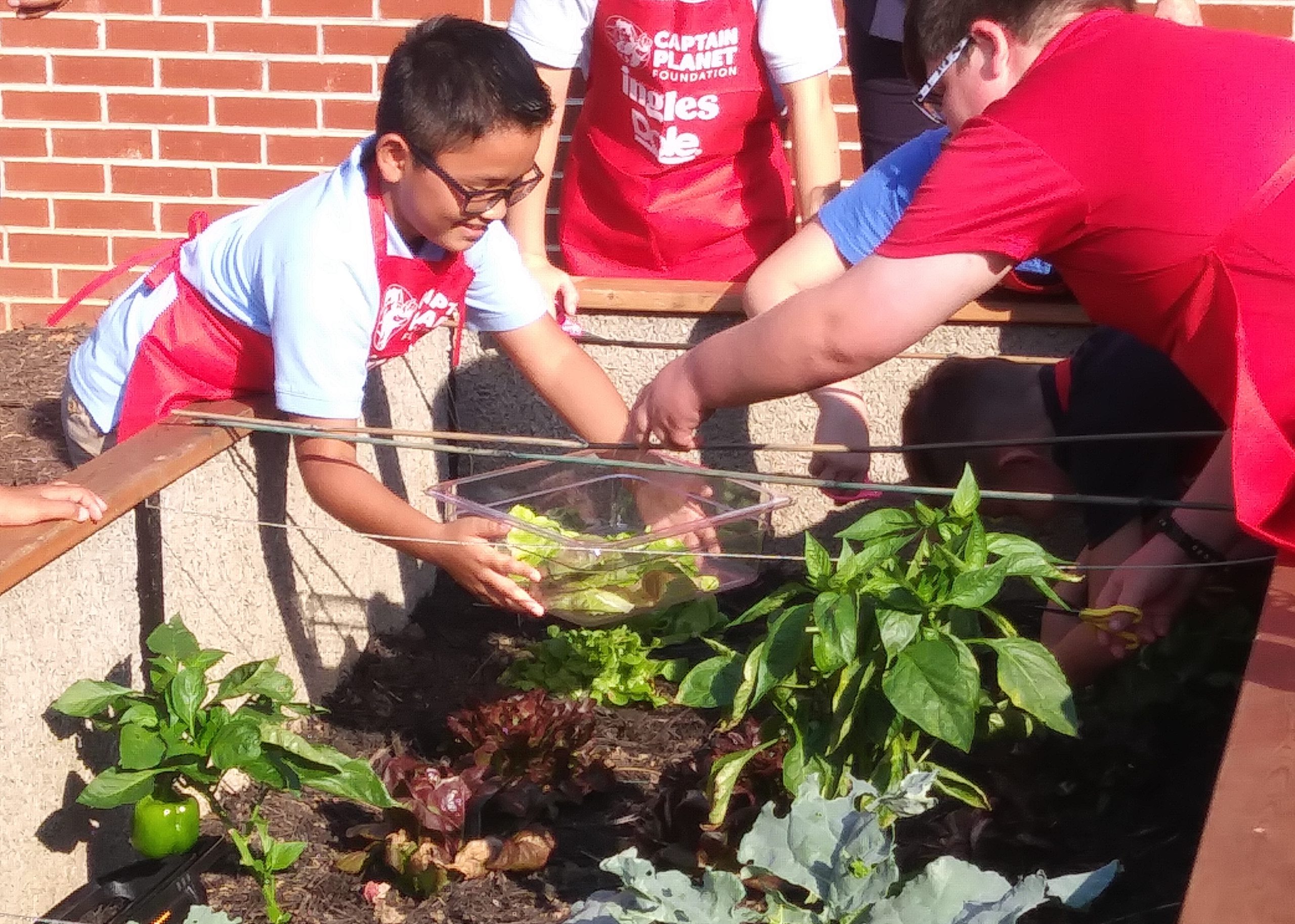A Delaware student’s simple question about how strawberries are made inspired the creation of a school sensory garden designed to stimulate learners’ senses of sight, sound, taste and smell.
The school sensory garden at Forwood Elementary School, part of the Brandywine School District, features fruit and vegetable gardens, and a range of other trees and plants. The colors, textures and scents of the flora can bring classroom assignments alive—such as a writing prompt that starts “When i go outside ”
“Kids walk around and observe, and it builds their descriptive powers,” says Leona Williams, a fourth-grade teacher and trained naturalist who spearheaded the garden’s creation. “It helps them understand how to support what they’re feeling with the details that they see.”
More from DA: How music immersion closes achievement gaps
Williams has also used the school sensory garden to conduct experiments with Forwood’s science club. And fifth graders studying the structures of life can observe how plants change with the seasons and the role of insects in the garden.
“Not every kid has experienced planting and weeding,” Williams says. “They’re learning about science in a way that is memorable, in a way that they thoroughly enjoy.”
When paired with mindfulness techniques, a school sensory garden can also contribute to students’ emotional health. For example, when Williams leads her students out into the garden, she will ask them to be quiet and feel the textures of the leaves and detect the smell of the magnolia tree.
“The garden helps us as educators find a balance between teaching and recognizing that kids have stresses in their lives,” Williams says. “We can take it for granted that kids understand the power of nature to help them relax as well as learn.”
School sensory gardens provide safe space
A classroom or the principal’s office may not always provide the most calming environments for a distressed child who’s trying to get back on track. That’s why students have an alternative at Springhill Elementary School, an urban, Title I building in Tennessee’s Knox County Schools.

They can step outside into the fresh air to play the windchimes, tend to a fruit-and-vegetable garden or check a weather station in Springhill’s school sensory garden.
“If any student is having sensory overload—maybe they’re frustrated because they can’t understand a math problem—they now have an outdoor space to calm down and self-regulate,” Principal Denise Cross says. “They can pick a blueberry or make some noise with the chimes, and within just a few minutes they’re ready to go back to class.”
A Springhill STEM teacher won a $20,000 grant from a county program to build the school sensory garden, Cross suggests that administrators find a teacher to champion the project if they want to build a similar facility.
More from DA: How open educational resources are coming of age
Springhill educators refer to the school sensory garden as the “outdoor classroom” because teachers also use the garden to hold lessons, such as the growth cycle of the plants in the garden beds. Students plant seeds in pots in the classroom in spring, transplant seeds to the gardens at the end of the school year and then harvest the fruits and vegetables when the following school year begins, Cross says.
School counselors also can use the garden as a safe place to talk with kids. Educators hold restorative circles there so students having conflicts with each other can work through their feelings together and with classmates, Cross says.
The garden beds, in particular, have resonated with her students because it’s the first time they’ve had a chance to work with plants, she adds.
“A lot of our children, whether it’s because of poverty or trauma, struggle to express their emotions in ways that are non-disruptive,” Cross says. “This provides us with another space where we can reach our kids.”







